
The OM System OM-1, the flagship camera of the Micro Four Thirds system, continues to attract photographers’ attention even a year after its release. This review will provide a detailed account of the OM-1’s long-term performance based on 100,000 shutter clicks and hundreds of hours of video recording. We’ll explore its exceptional durability, improved image quality, powerful computational photography features, and enhanced video capabilities that make the OM-1 stand out.
OM System OM-1 Detailed Specifications
| Specification | Details |
|---|---|
| Sensor Type | 20MP Live MOS sensor (Stacked BSI CMOS) |
| Image Processing Engine | TruePic X |
| Image Stabilization | 7.0 step 5-axis sensor shift |
| Continuous Shooting | Up to 120fps (electronic shutter) |
| Video Recording | 4K 60p 10-bit 4:2:0 |
| Viewfinder | 5.76M dot OLED EVF |
| Display | 3.0-inch 1.62M dot vari-angle LCD |
| Weather Sealing | IP53 rated |
| Weight | Approx. 599g (including battery and memory card) |
🏗️ Rugged Design and Excellent Durability
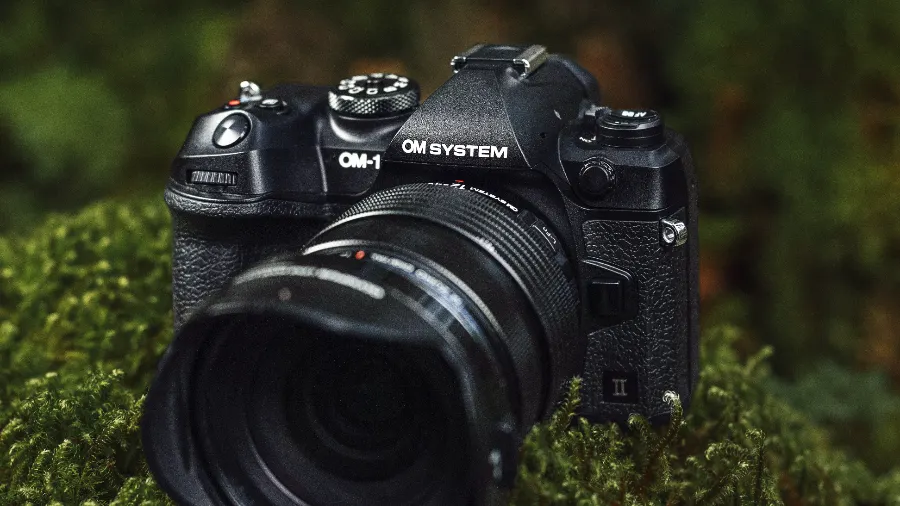
The OM System OM-1 boasts exceptional durability befitting a professional camera. With its magnesium alloy body and IP53-rated weather sealing, it can be used with confidence in various environments.
Built for All-Weather Shooting
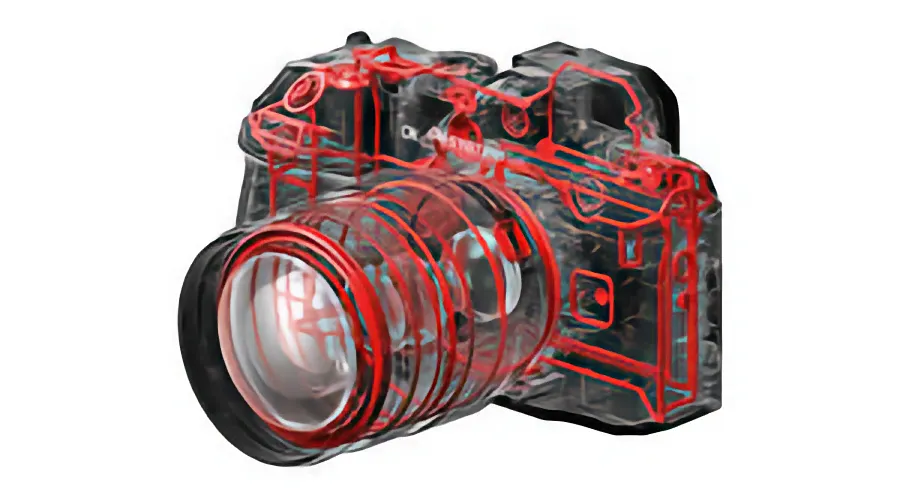
Over the course of a year, the reviewer used the OM-1 in various challenging conditions including heavy rain, snow, dusty winds, and extreme heat. The results show that the OM-1 is even more robust than its predecessor, the E-M1 Mark III, and comparable to the E-M1X in terms of durability.
Ergonomic Design
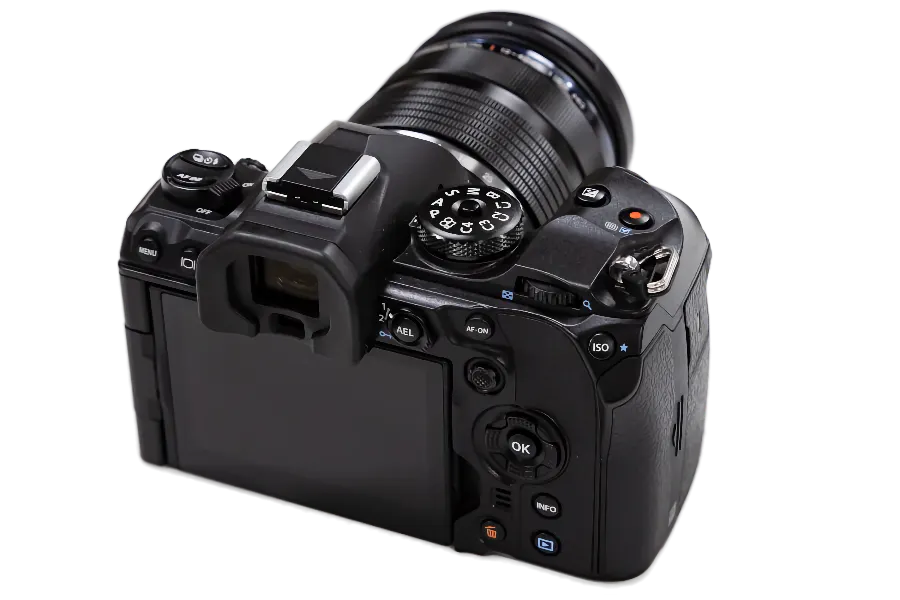
The OM-1 adopts an ergonomic design that reflects the needs of professional photographers. It inherits the advantages of previous generation models while offering more refined handling. DPReview even praised the OM-1’s grip as “the best of any camera we’ve used,” highlighting its excellent usability.
📸 Enhanced Image Quality and Color

The OM-1’s new 20MP Live MOS sensor provides significantly improved image quality compared to previous models. Particularly noteworthy are the enhancements in noise control and detail rendition in high ISO ranges.
Natural Color Reproduction

Although the brand has changed from Olympus to OM System, the OM-1 still maintains the natural color rendition characteristic of Olympus cameras. Its ability to reproduce natural skin tones in portrait photography has been particularly well-received by professional portrait photographers.
Improved High ISO Performance

The OM-1 demonstrates excellent noise control even at ISO 3200 and above. Color noise, in particular, is effectively managed, making post-processing work much easier. Many photographers appreciate the organic noise pattern, which is similar to film grain.
🚀 Incredible Speed and Accuracy
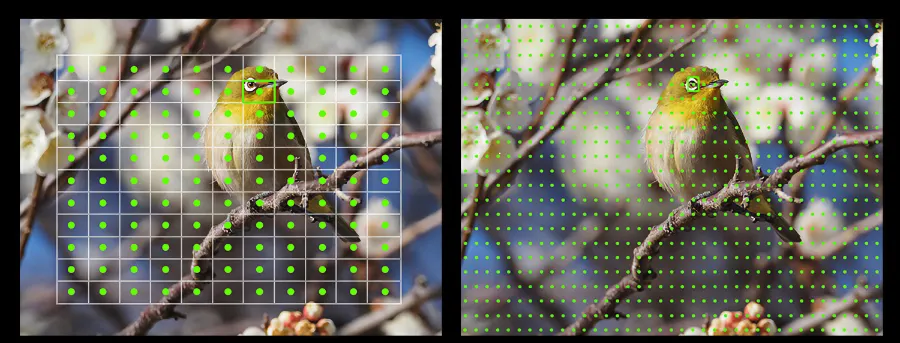
The OM-1’s new stacked BSI CMOS sensor provides much faster readout speeds than previous generation cameras. This translates into improved continuous shooting performance and enhanced electronic viewfinder (EVF) responsiveness.
Ultra-Fast Continuous Shooting
The OM-1 boasts an impressive continuous shooting speed of up to 120fps in electronic shutter mode. Even with the mechanical shutter, it’s capable of 10fps with subject tracking AF, allowing you to capture fast-moving subjects without missing a moment.
Improved EVF Performance
The sensor’s fast readout speed minimizes display lag in both the EVF and rear display. This results in a near real-time viewfinder experience, providing DSLR-like responsiveness.
🧠 Powerful Computational Photography Features

The OM-1 supports creative shooting through various computational photography features. These functions open up new creative possibilities even for professional photographers.
Enhanced Live ND Capabilities

The OM-1’s Live ND feature has been expanded to ND64. This feature allows you to express motion with slow shutter speeds without physical ND filters. It’s particularly useful for creative portrait or landscape photography, allowing for long exposure effects even in bright sunlight without a tripod.
Improved AI Subject Recognition
The OM-1’s AI-based subject recognition function operates much more accurately and quickly than previous models. It accurately recognizes and tracks not only human faces and eyes but also animals, cars, airplanes, trains, and various other subjects. This is particularly helpful for photographers in sports, wildlife, and transportation fields.
🎥 Enhanced Video Recording Capabilities

The OM-1 offers significantly improved video recording capabilities compared to previous Olympus cameras. 4K 60p 10-bit recording, unlimited recording time, and improved AF performance make it an attractive option even for video creators.
High-Quality 4K Video
The OM-1 supports 4K 60p 10-bit 4:2:0 internal recording. It also allows RAW video output when using an external recorder, enabling even higher quality video capture. Thanks to the new sensor’s fast readout speed, rolling shutter effects have been significantly reduced.
Improved AF Performance
The latest firmware updates have greatly enhanced the OM-1’s video AF performance. The “stickiness” of subject tracking has been improved, allowing for more natural focus transitions. However, there’s still room for improvement in the responsiveness of face detection AF during self-portrait shooting.
💡 User Experience and Real-World Applications
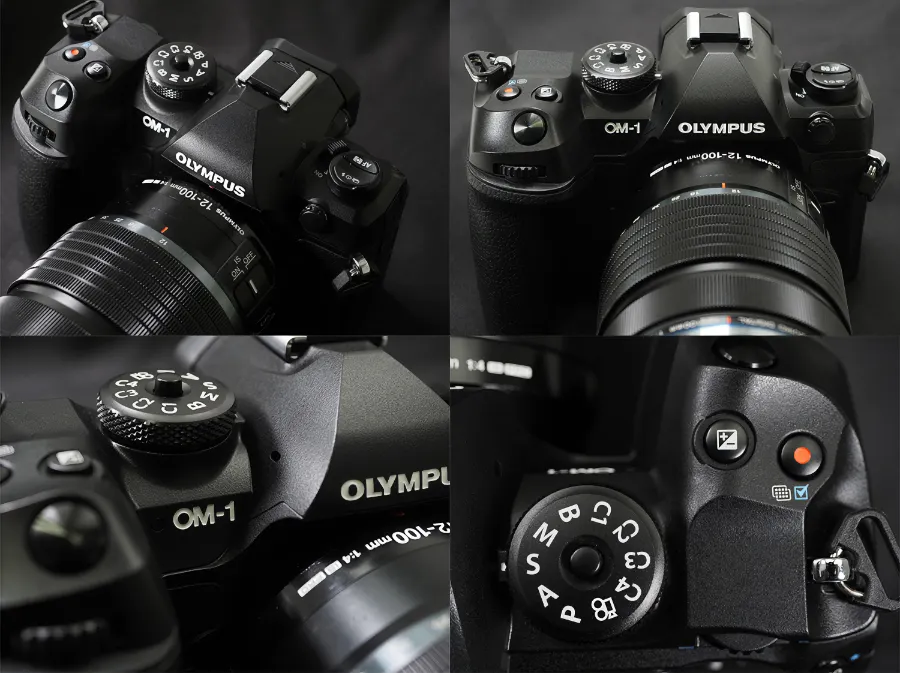
Based on a year of real-world use, the OM-1 has demonstrated excellent performance in various shooting environments. Several features that meet the requirements of professional photographers stand out.
Excellent Portability and Maneuverability
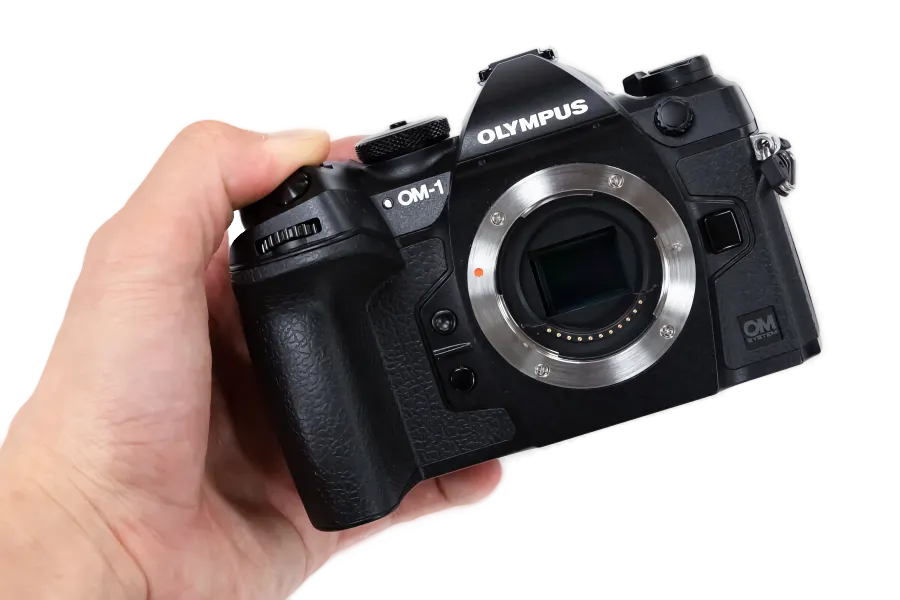
The small size and light weight, advantages of the Micro Four Thirds system, are still valid in the OM-1. The significantly lighter weight of the entire system, including lenses, compared to full-frame systems is a major advantage for long shooting sessions or travel photography.
Powerful Image Stabilization System

The OM-1’s 7.0-step 5-axis image stabilization system boasts industry-leading performance. This is particularly helpful for handheld shooting in low-light environments or when using telephoto lenses. It’s especially effective in achieving stable footage during video recording.
🔧 Areas for Improvement
While the OM-1 demonstrates excellent overall performance, there are some areas that could use improvement.
Limitations in Video AF
In continuous AF mode, especially during self-portrait shooting, the performance of face detection AF still lags somewhat behind competing products. The re-focusing speed when a face is temporarily obscured and then reappears is relatively slow.
Limited Buffer Size
There’s an issue with the buffer filling up quickly during RAW burst shooting. Even with the fastest SD cards, the continuous shooting time is shorter compared to the E-M1X. This could be a limitation for sports or wildlife photography.
📊 Comparison with Competitors
To better understand the OM-1’s performance, let’s compare it with competitors in a similar price range.
OM-1 vs Sony A7 IV

- Sensor size: OM-1 Micro Four Thirds vs A7 IV Full-frame
- Resolution: OM-1 20MP vs A7 IV 33MP
- Continuous shooting: OM-1 up to 120fps vs A7 IV up to 10fps
- Weight: OM-1 599g vs A7 IV 658g (including battery)
The OM-1 has advantages in faster continuous shooting and lighter weight, while the A7 IV boasts a larger sensor and higher resolution.
OM-1 vs Fujifilm X-T4

- Sensor size: OM-1 Micro Four Thirds vs X-T4 APS-C
- Resolution: OM-1 20MP vs X-T4 26MP
- Image stabilization: OM-1 7.0 steps vs X-T4 6.5 steps
- Weather sealing: OM-1 IP53 vs X-T4 IP68
The OM-1 offers more powerful image stabilization and faster continuous shooting, while the X-T4 has a larger sensor and higher weather-sealing rating.
OM-1 vs Panasonic GH6

- Sensor: Both 20MP Micro Four Thirds
- Video: OM-1 4K 60p 10-bit vs GH6 5.7K 60p 10-bit
- Continuous shooting: OM-1 up to 120fps vs GH6 up to 75fps
- AF system: OM-1 phase-detection + contrast vs GH6 contrast-only
The OM-1 offers faster continuous shooting and an improved AF system, while the GH6 can record higher resolution video.
🎯 Suitable User Base
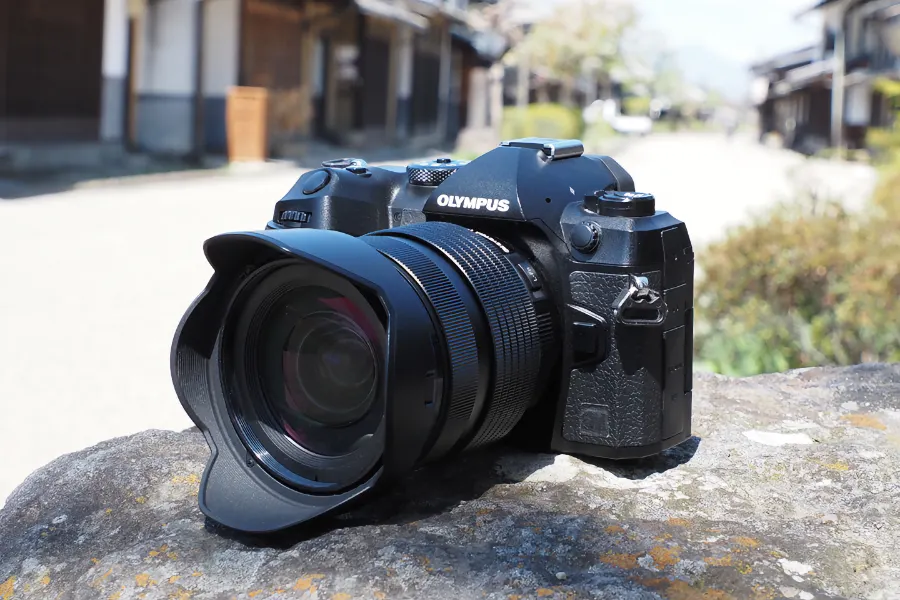
The OM-1 is particularly suitable for the following users:
- Travel and landscape photographers who prefer lightweight equipment
- Sports and wildlife photographers who need fast continuous shooting
- Hybrid shooters who work with both high-quality photos and videos
- Outdoor photographers shooting in harsh environments
- Photographers who want to creatively utilize computational photography features
💼 Long-Term User Review and Conclusion
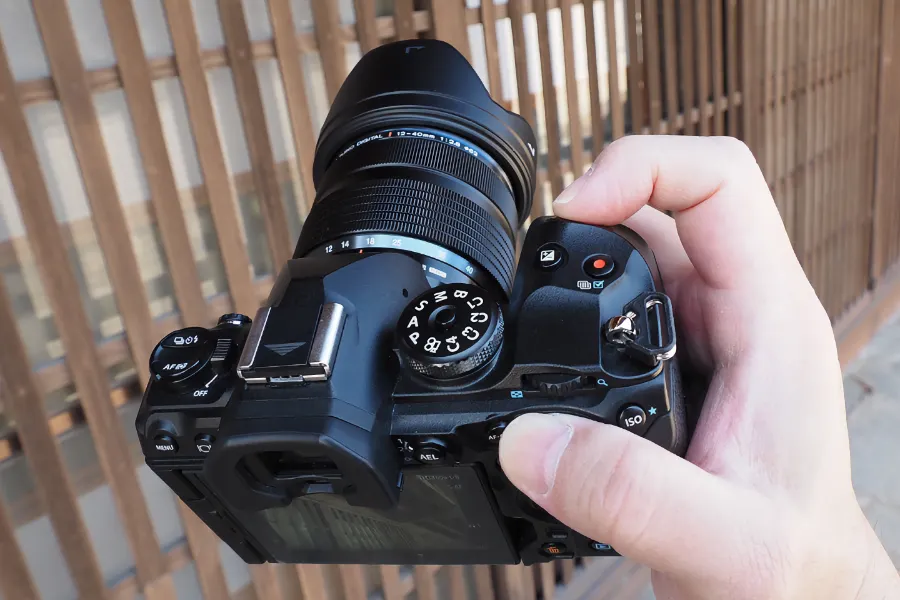
Based on a year of real-world use, the OM System OM-1 can be evaluated as a camera that maximizes the potential of the Micro Four Thirds system. With its excellent durability, improved image quality, powerful computational photography features, and enhanced video performance, the OM-1 delivers outstanding results in various shooting situations.
It’s particularly impressive that it maintains the advantages of the Micro Four Thirds system - light weight and small size - while providing image quality and functionality comparable to full-frame cameras. While there are some areas that need improvement, such as video AF performance and buffer size, these issues could potentially be addressed in future firmware updates.

The OM-1 is highly recommended for professional photographers who prefer a lightweight system, travel and nature photographers, and hybrid shooters who work with both photos and videos. It’s also a great choice for passionate amateur photographers looking for high durability and diverse functionality.
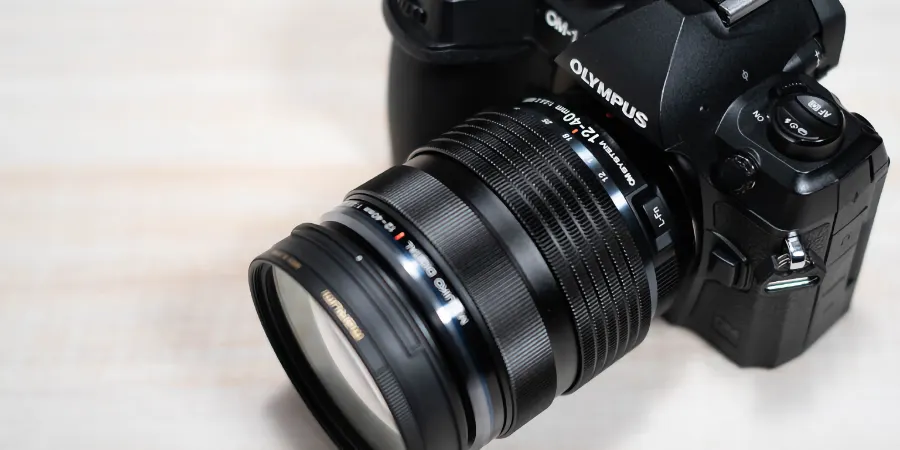
In conclusion, the OM System OM-1 is a camera that goes beyond simple spec improvements to significantly enhance the actual shooting experience. It still maintains powerful performance even after a year and is expected to continue evolving through firmware updates. By maximizing the advantages of the Micro Four Thirds system while actively incorporating the latest technology, the OM-1 is set to remain a beloved camera for many photographers for years to come.
Learn more about the OM-1 on the OM System official website
We hope this review has been helpful for those interested in the OM System OM-1. As camera choice can vary depending on individual shooting styles and needs, we recommend renting or trying the camera in-store if possible. The OM-1 is certainly a powerful tool that can open up new creative possibilities for many photographers.







